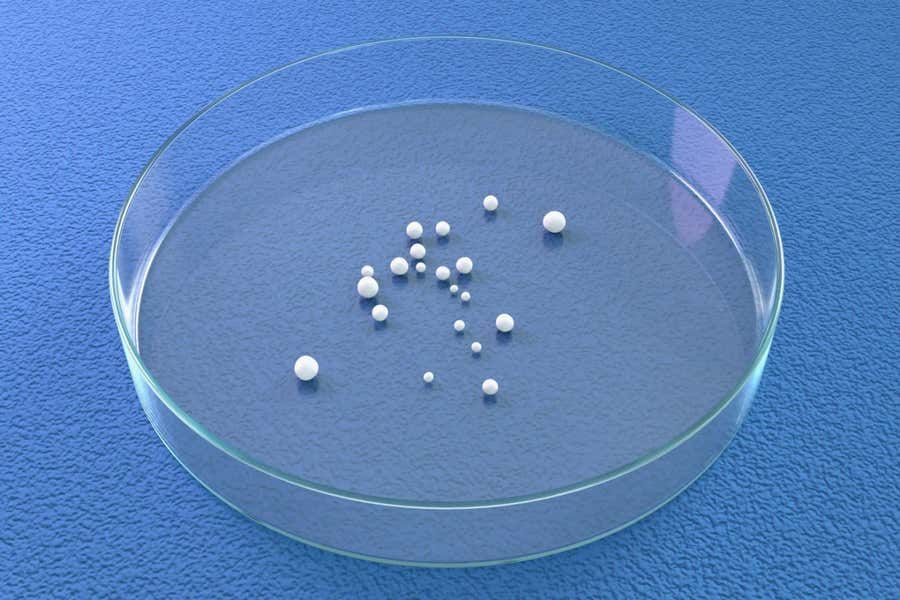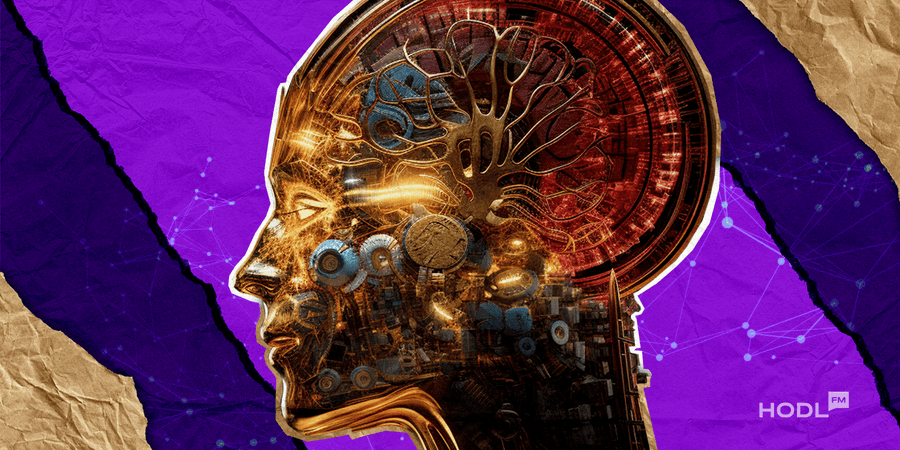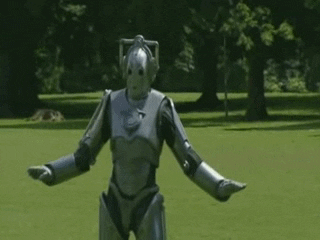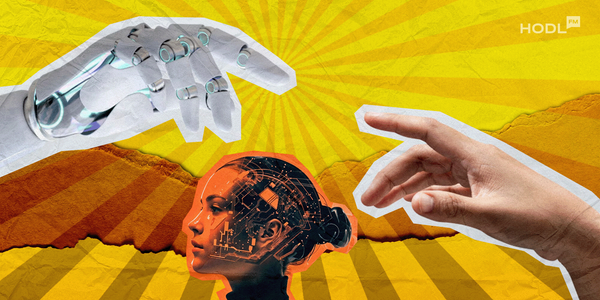Scientists at Indiana University Bloomington have unleashed the potential of merging living human brain cells with artificial intelligence, birthing what they aptly term “Brainoware.”
Read More on AI: Google’s Gemini: The GPT-4 Challenger Aimed at Dominating AI
The Birth of Brainoware
Published in the prestigious journal Nature Electronics, the research outlines the deployment of human brain organoids — artificially cultivated cell masses resembling organs — on a sophisticated multielectrode array. Although in a nascent stage, the Brainoware system lays the foundation for biocomputers, presenting an alternative avenue where AI tasks are executed with unprecedented energy efficiency.
The Energy Efficiency Quandary
Traditional AI hardware gobbles up around 8 million watts, contrasting starkly with the mere 20 watts expended by the human brain. Brainoware, with its utilization of biological neural networks (BNNs), not only mimics the intricacies of the human brain but does so with significantly lower energy consumption and accelerated learning.

As excitement brews over this amalgamation, ethical concerns arise. Cambridge developmental neurobiologist Madeline Lancaster voices the importance of defining ethical boundaries. The scientific and ethics community, she emphasizes, must collaborate to establish limits that prevent the field from crossing into ethically murky territory.
Adaptive Reservoir Computation: Unleashing Brainoware’s Power
Brainoware communicates with its brain organoid via “adaptive reservoir computation,” a method allowing unsupervised learning from training data. Demonstrating practical potential, the system exhibits prowess in tasks such as speech recognition. It learns to distinguish individual voices, showcasing over 70% accuracy after training.

Living Robots: A Distant Horizon
Despite its remarkable feats, Brainoware falls short of comprehending speech, indicating a substantial journey before it finds practical applications in medicine or engineering. Titouan Parcollet from the University of Cambridge acknowledges the vast potential of biocomputing but concedes that current deep-learning models outshine brains in specific tasks.
The Road Ahead
While Brainoware is yet confined to research realms due to challenges like heterogeneity and low generation throughput, it exists in a technological landscape where AI is making impactful strides. In parallel, AI ventures into healthcare, from restoring mobility to quadriplegics to models capable of interpreting thoughts. These simultaneous advancements underscore the versatile and transformative nature of AI technologies.
More Info on AI:
- The Strenght of AI: AstraZeneca’s Step Towards Conquering Cancer
- Vitalik Buterin’s Warning: Will AI Surpass Humanity as the Apex Species?
- Runway Gen-2 AI model: Transforming Single Images into Stunning Videos with AI Mastery
Conclusion
In the realm of artificial intelligence, the integration of Brainoware marks a significant leap toward a future where computing aligns more closely with the efficiency and adaptability of the human brain. As we navigate this uncharted territory, the amalgamation of human intellect and artificial prowess prompts us to reflect not only on the technological marvels but also on the ethical frontiers that lie ahead.
Disclaimer: All materials on this site are for informational purposes only. None of the material should be interpreted as investment advice. Please note that despite the nature of much of the material created and hosted on this website, HODL.FM is not a financial reference resource and the opinions of authors and other contributors are their own and should not be taken as financial advice. If you require advice of this sort, HODL.FM strongly recommends contacting a qualified industry professional.





